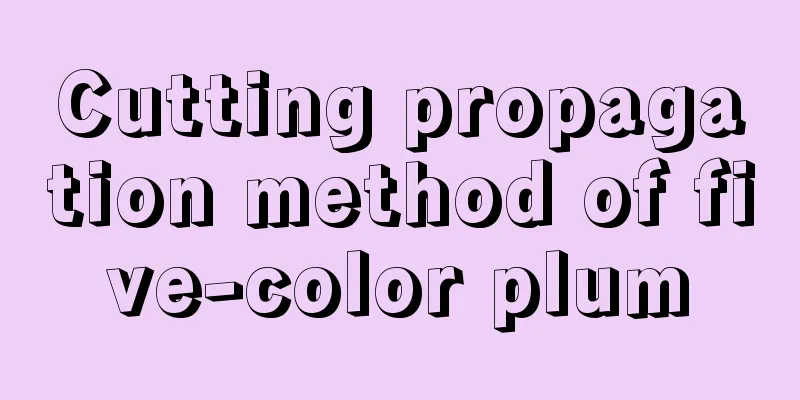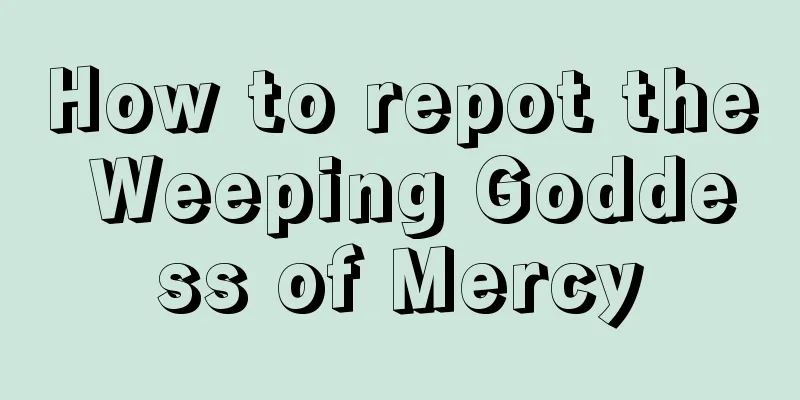Artichoke cultivation methods and precautions

1. Maintenance methods1. Temperature: Different growth periods have different temperature requirements. The temperature for seed development should be controlled at around 20 degrees, at which the germination rate is the highest; the temperature suitable for its growth is around 20 degrees. It is not heat-resistant and will not continue to grow if the temperature exceeds thirty-four degrees. Therefore, the curing temperature must be controlled well. 2. Watering: If there is plenty of rain, there is no need for manual watering. If the plant is in a state of drought for a long time, it needs artificial watering, and the frequency of watering is once a week. It is not tolerant to waterlogging, so when watering, just water until the surface of the soil is moist. During the bud formation period and the flower stem growth period, the water consumption is relatively high, so the amount of watering needs to be increased. 3. Fertilization: It consumes a lot of nutrients during the growth period, and the nutrients in the soil alone are not enough. It needs to be fertilized once a month. Fertilizers can be nitrogen, phosphorus and potassium compound fertilizers, or farmyard manure. After fertilizing, you need to water immediately to dilute the fertilizer and avoid fertilizer damage. 4. Light: The demand for light will increase during the flower stem period. If there is sufficient light, the leaves of the plant will grow larger and thicker, the number of flower stems will increase, and the flower buds will grow more. If full-day sunshine is not possible, at least five hours of sunshine per day are required. 2. Breeding techniques1. Reproduction: It can be propagated asexually, that is, division. The breeding season is in October every year. Separate the tillers and roots at the base of the plant from the mother plant, and then the seedlings can be planted directly. Small seedlings need to be transplanted into the seedbed and can only be transplanted after they grow up. 2. Planting: The planting time is from October to November. When planting, use wide and narrow rows and high-moisture single ridges. The wide row should be 1.4 meters and the narrow row should be 1 meter. 3. Problem Diagnosis1. Pests: Common pests include aphids and beetles. They feed on the tender branches of the plant, seriously endangering the health of the plant. If found, aphid-killing bacteria should be used to eliminate the insects. 2. Disease: If the leaves of the plant are normal in the morning and evening, but wilt at noon, it means that the plant is infected with root rot. Treatment requires the use of carbendazim spray. IV. Other issues1. Edible: edible. 2. Is it suitable for home cultivation: It has relatively high requirements for maintenance conditions, so it is not suitable for home cultivation. |
<<: Nettle cultivation methods and precautions
>>: The cultivation method and precautions of mustard tuber
Recommend
How to cultivate golden palm
1. Soil When growing golden palms, you should use...
Can the dripping Guanyin be placed in the bedroom?
1. Can it be released? There is almost no problem...
What vegetables are suitable to grow in winter?
As winter approaches, the temperature gradually d...
Grafting and cutting of night-blooming primrose
Grafting method of night-blooming primrose For gr...
What is perlite made of, and what are its functions and effects?
1. What materials are it made of? Perlite is not ...
How to propagate Desert Rose by cuttings?
Desert rose is loved by many flower lovers for it...
How to trim the green radish beautifully, how to trim the green radish in a large pot
1. How to trim The first step is to pay attention...
Where are the best places to grow sweet potatoes?
Sweet potato planting conditions Sweet potatoes p...
How to shape and prune osmanthus
Peeling buds When osmanthus sprouts, the buds on ...
What plants are suitable for the bathroom
1. Mint It will emit a fragrance, which is relati...
Cauliflower planting time and method
Cauliflower planting time Cauliflower is generall...
Cultivation methods and precautions of Chunlan
1. Soil Do not use alkaline soil when growing spr...
Pruning and shaping of Schefflera
1. Main pruning 1. Topping and pinching: Topping ...
If you grow lucky bamboo like this, its leaves will be green and lush, and everyone will praise it when you put it in your living room!
Plants like lucky bamboo are good. Firstly, the n...
What to do if Luo Han bamboo is infested with insects
1. Bamboo locust This insect has a good growth ab...









